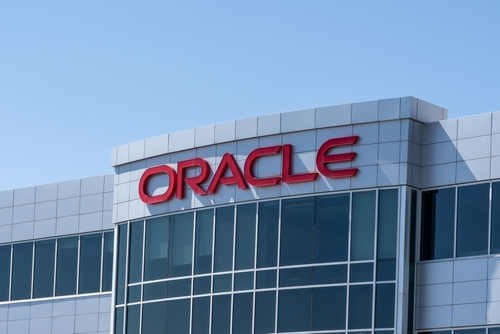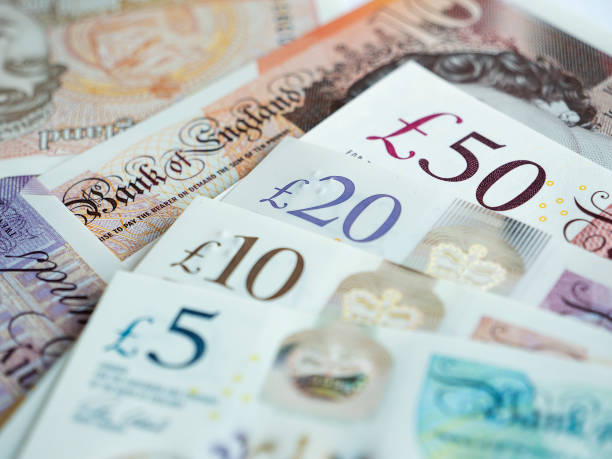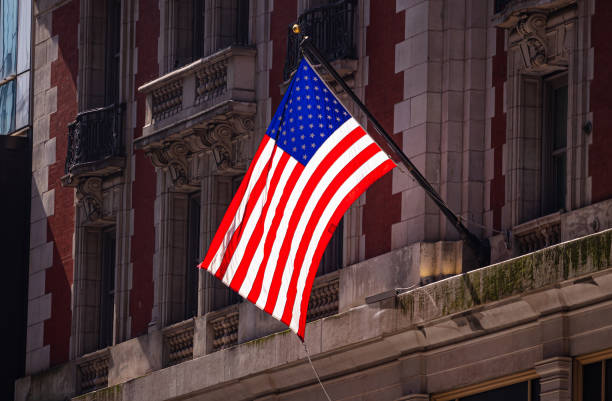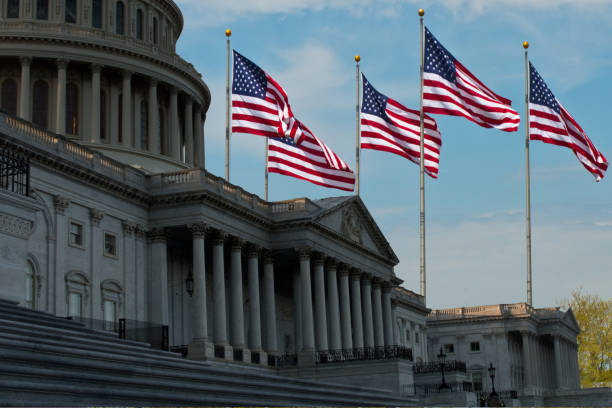RPT-BREAKINGVIEWS-Wall Street’s trading shuffle bankrolls the casino

By Stephen Gandel
NEW YORK, Oct 7 (Reuters Breakingviews) - Wall Street’s tales of swashbuckling trades are as iconic as they are out of date. Former CEO Lloyd Blankfein’s path to running Goldman Sachs GS.N got a boost from a huge, career-making bet on the yen. He made it with the firm’s money, not his bosses’ permission, after storming out of a partner meeting. Such tales of reckless derring-do have been more likely to result in termination than promotion since the 2008 financial crisis. Yet recent results seem to show Wall Street traders once again ascendant, even if they're up to something quite different this time.
In recent years, mega-banks have seen lending growth shrivel. Investment bankers endured a slump since interest rates jumped in 2022, snuffing out M&A and equity issuance. In their place, trading became the key driver of financial results. Aggregate trading revenue at Wall Street's five biggest banks, for instance, is up 30% since 2021. Over that time, investment banking revenue fell by roughly the same amount.
This marks an extraordinary turnaround, one that has dragged assets back onto the trading floor. Nearly two decades ago, roughly $2 trillion flowed through the desks of the six biggest banks. After the crisis, many of them voluntarily put the brakes on. Others, like Goldman, were forced to when the Volcker Rule, part of a legislative package of financial reforms, banned a swathe of proprietary trading activity in 2015. Assets at the mega-bank sextuplet’s trading divisions roughly halved to just over $1 trillion. Goldman consolidated its three trading operations down to two. UBS UBSG.S shuttered its massive, two-football-fields-long floor in Stamford, Connecticut, once the largest in the world when it opened in the late 1990s.
A wave of upstarts capitalized on Wall Street’s retreat. Traders departing the big banks relaunched their careers at hedge funds, many of them the enormous, multi-strategy operations dubbed “pod” shops, which house several largely autonomous teams under one roof. One such firm, Millennium Management, now juggles about $80 billion in assets under management, up from just $30 billion back in 2015. What’s more, the likes of Citadel and Jane Street plunged deeper into bonds and derivatives after insinuating themselves into the fundamental mechanics of equity markets.
Then came private credit. Dodd-Frank restricted banks’ ability to lend to highly leveraged or lower-rated companies. While Wall Street held onto some of the business through so-called syndicated financing – arranging a loan, then selling it on to a liquid market of investors – smaller, scrappier borrowers needed a different approach. First hedge funds, then investment vehicles dedicated to this direct lending, essentially recreated the old banking model. Between 2012 and 2024, their assets tripled to $1.5 trillion, according to Preqin, and are expected to hit $2.3 trillion by 2027.
The commonality is that these firms need leverage to juice the profitability of their trades or loan books. Direct lenders, for instance, turn to loans, securitizations and derivatives.
Here is where the likes of JPMorgan JPM.N and Bank of America BAC.N were able to step back in. The twist is that, since these customers are investment vehicles, the banks largely extended credit to them through their trading operations. For instance, in the most recent quarter, one-third of Goldman’s trading revenue came from financing activities, up from 18% five years ago.
This has once again swelled the books at the nation’s biggest lenders. By the end of last year, the five U.S. banks with the biggest Wall Street operations — JPMorgan, Bank of America, Citigroup C.N, Goldman and Morgan Stanley MS.N — had nearly $2.3 trillion in assets allocated to trading desks. In the first six months of this year, they ramped that up to just under $2.9 trillion.
That’s not to say that they steadily and safely pump out riches the more resources are put into the trading floor. Indeed, the biggest lenders are hitting the point of diminishing returns. Over 2025’s first six months, JPMorgan increased its trading assets by 50%. Revenue grew a mere 10%. Over that same period, the bank run by Jamie Dimon and its four biggest kin on average added just under 7 cents to the top line for every dollar of capital in their trading businesses. That’s down from 12 cents in 2022.
At the very least, Wall Street says it’s courting less danger than before. Banks’ favored gauge is value-at-risk, or VaR, which estimates the maximum a lender’s trading operations could lose on any given day. As of the end of June, that five-bank group reckons it could collectively lose $333 million in 24 hours. That’s a drop in a nearly $14 trillion bucket of combined total assets. It’s also down 15% from 2022’s post-crisis peak, even as market-exposed assets rose 30%.
Some top Wall Street executives and former traders say that banks’ evolved role as intermediaries for other investors should naturally make them safer. The problem, though, is that VaR isn’t a great gauge for systemic credit crises. The figure is calculated based on the volatility of assets, and since much debt doesn’t trade in liquid markets, it's hard to calculate the VaR for, say, a subprime car loan, or further leverage placed on top of it. And while banks’ lending-heavy model, around in current form for only a decade, has weathered two shocks — the pandemic’s onset, and President Donald Trump’s April tariff declaration — markets snapped back from both rapidly. It has yet to be tested by a more profound dislocation.
In the meantime, VaR has also occasionally proven optimistic. JPMorgan, for instance, saw losses that exceeded its estimated figure by more than 50% on three trading days in the first half of the year,according to a regulatory filing, though it didn’t say by how much. While trading desks might be less prone to losses, it’s not clear they’re less cyclical. Goldman has taken to calling the revenue it gets from providing loans to hedge funds “durable.” That’s true in that a hedge fund is unlikely to suddenly stop wanting return-boosting leverage. The problem is when that fund suddenly hits a wall, racks up losses, and gets cut off. In these situations, the nature of market gambling is that borrowers may not have enough money left to make their lenders whole.
Investors seem to have few qualms. Shares of Wall Street’s big trading quintet are up nearly 50% on average in the past year. Banks seem to have found a new way to do an old business, pumping out credit for a dizzying array of clients. That just hasn’t always worked out so smoothly.
Follow Stephen Gandel on LinkedIn and X.









